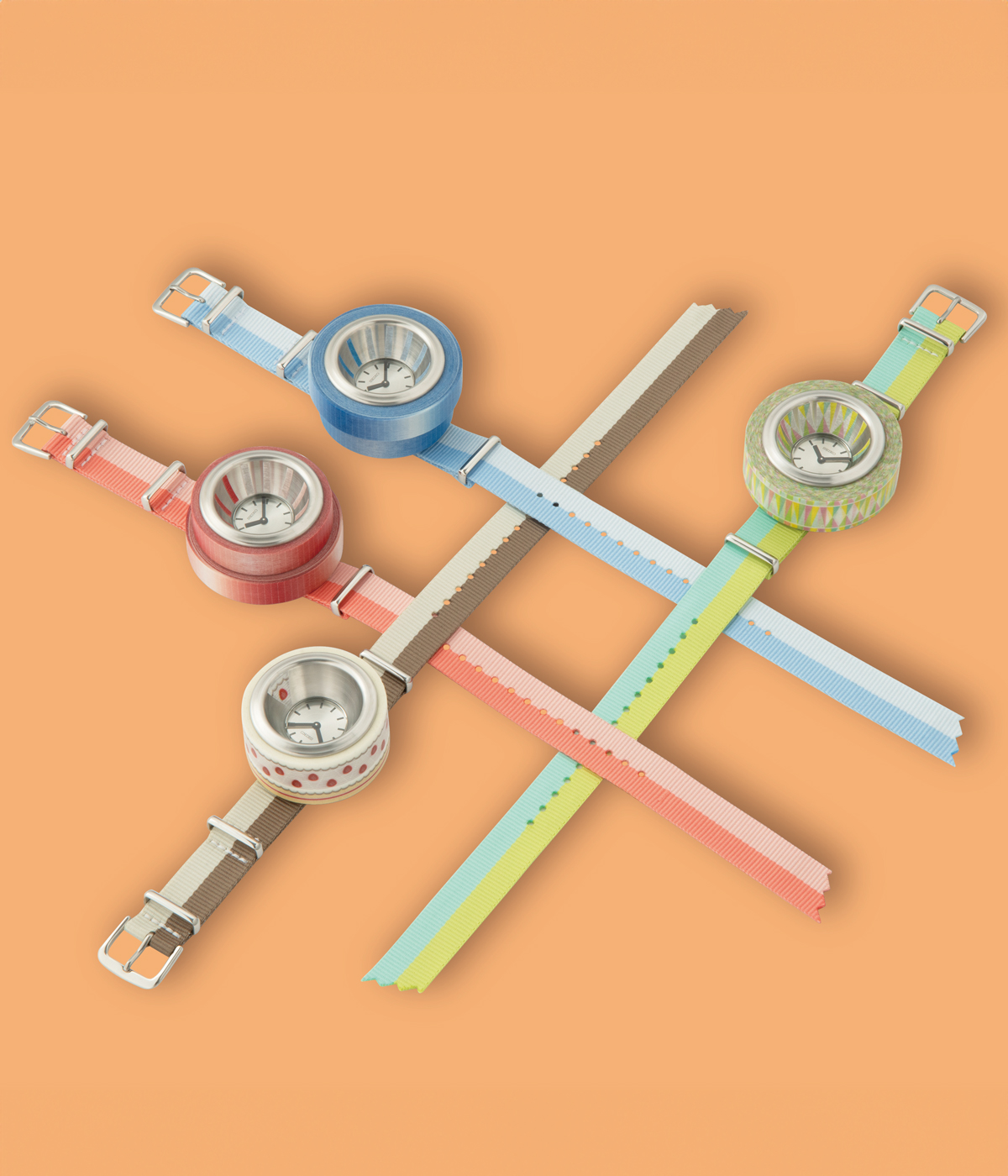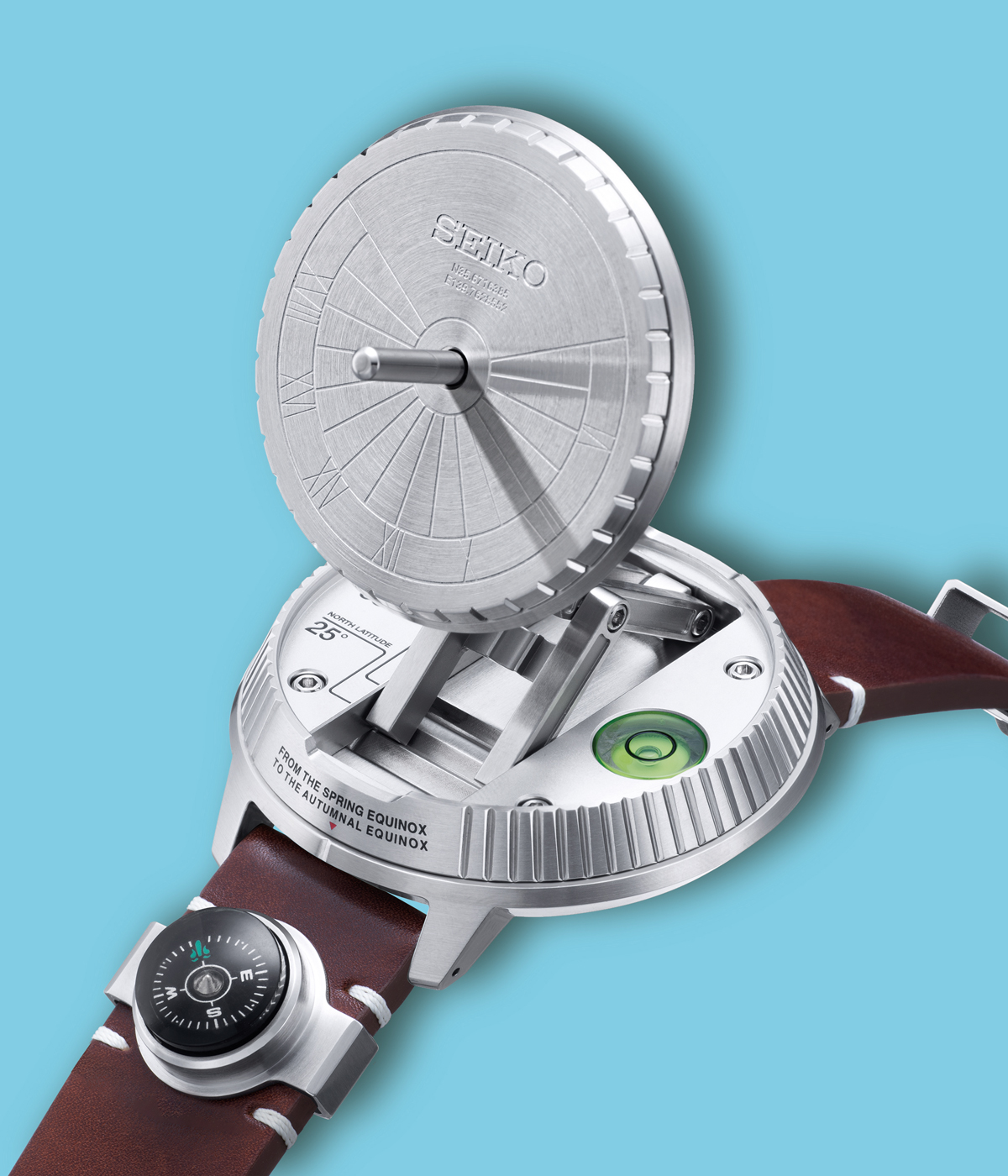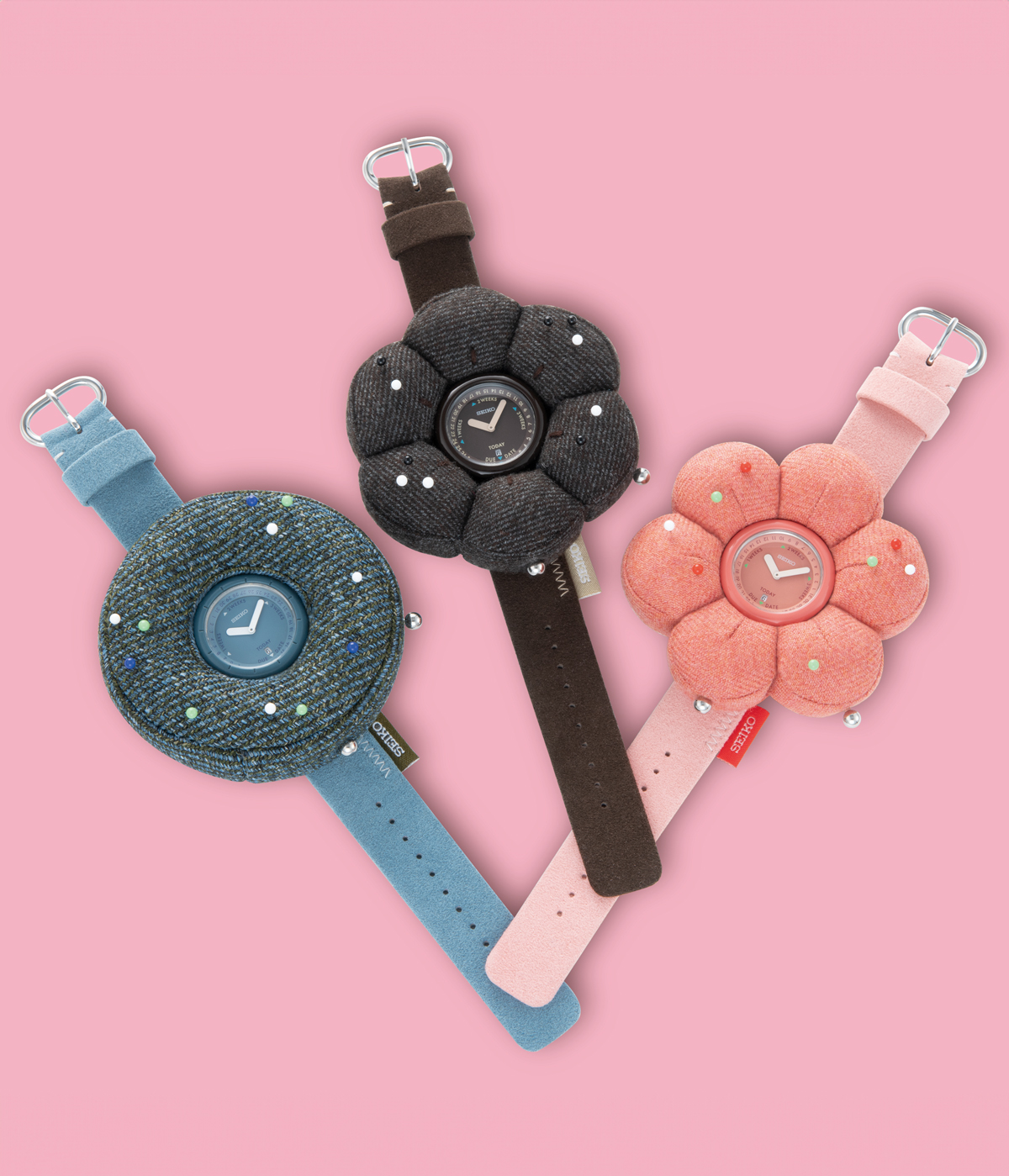
Seiko’s Power Design Project 2024, the latest iteration of its annual showcase, arrives at Japan House London with a set of timepieces that question what a watch can be, as well as reveal something of the creative culture that permeates the Japanese watch brand.
The project will show seven conceptual timepieces designed and realised by Seiko designers around the theme of ‘incredibly specialised watches’. The project began in 2001 as a way of encouraging Seiko’s designers to find new ways to express the elements of creativity and culture that feed into the brand’s project design. Each year’s programme is centred around a different theme, with previous incarnations including ‘Tokyo’ and ‘Rebirth’.
Seiko Power Design Project 2024: ‘incredibly specialised watches’

'The themes every year may be different, but there is no change in our position regarding the ideals we pursue through design. Times change; cities change; life changes; but so long as there are people, we intend always to offer up time that everyone is sure to love,' says Tetsuro Maruyama, Seiko’s Design Center general manager.
This year’s seven watches are wonderfully diverse, shining a light onto design concerns that are essentially Japanese in their focus – how to make hide and seek fair is the ambition of one watch, while others pay homage to sukiyaki (Japanese hot pot) and washi tape. Another, designed by Kiyotaka Sakai, asks what a real Panda dial (usually just a white dial with black subdials) would look like.

In each case, what might seem a whimsical question is treated with serious attention, as the reversible Ambidextrous watch by Kento Ito demonstrates, while the standout is a sundial for the wrist designed by Yu Ishihara (director of the Design Development Team) that considers every detail and includes a compass, spirit-level and can be set to account for the time of year, latitude and longitude.

The watches are on show until 20 June 2024, at Japan House London. Designs from previous years can be seen on seiko-design.com, which also showcases a radical design history that stretches back 140 years.







